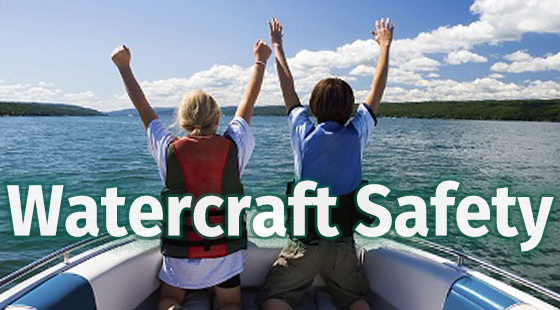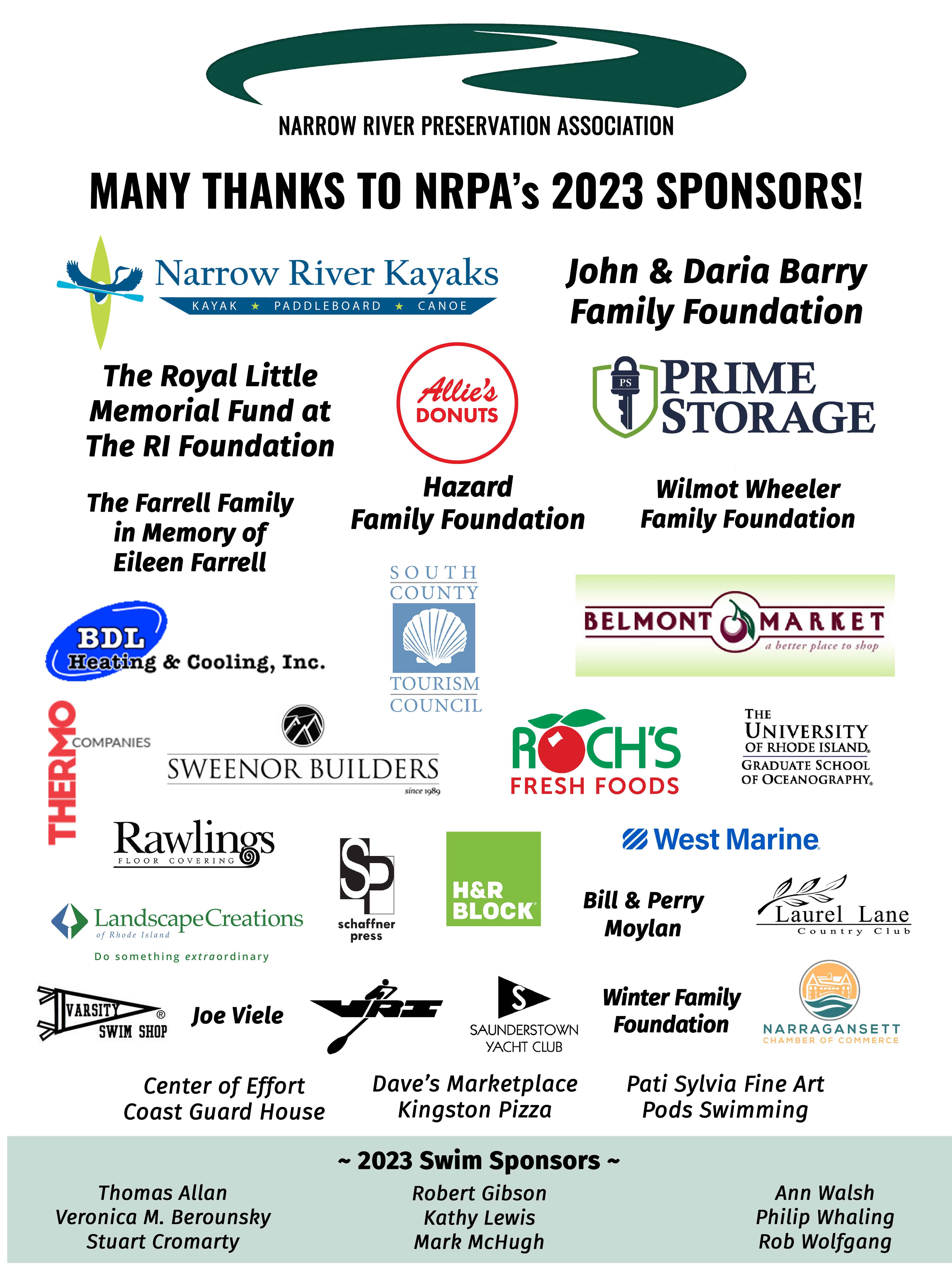Osprey Education Program
One of NRPA’s best-loved programs is our osprey education program for local fourth graders. We visit local schools and provide a presentation (including video and live cams) about osprey in late March or early April as the osprey are returning from their annual migration. Teachers often build upon our presentation with activities and exercises that reinforce the concepts we bring to the classroom.
Suggested Lesson Plan – Teacher Notes
Background
The following exercise is based loosely on the Rhode Island Osprey Monitoring Program which began in 1977 with the goal of observing the recovery of the state Osprey population. The widespread use of the pesticide DDT, which was banned in the early 1970s, took a major toll on osprey populations by causing very weak eggshells which easily broke during incubation. Since that time, the osprey population has staged a dramatic comeback. Today, the RI Osprey Monitoring Program is coordinated by the Audubon Society of Rhode Island with nearly 100 volunteer observers which are assigned a nest to monitor in the field and report findings back to Audubon. More information on this program can be found at http://riosprey.info/.
Aims & Objectives
- Students will use a real life example to practice several fundamental science skills.
- a. Gathering data
- b. Recording data in a systematic manner
- c. Summarize findings in a brief report
- d. In a classroom setting students can compare and contrast their observations with others.
- Observe osprey behavior over multiple viewing sessions (for a minimum of 15 minimum per session) using the NRPA Osprey webcam found here.
- Student scientists complete a separate observation form (which can be filled out on a computer) found here.
- The number of sessions can vary but a minimum of four separate viewing sessions spaced over a four week period is recommended. The greater number of viewing sessions and spacing between them will increase the number of different behaviors observed.
- (Optional) Students prepare a brief report following scientific principles including an introduction, methods, results and conclusion.
- (Optional) Teachers may wish to have students also submit a screenshot of the nest with each observation form as the date and time stamp in the upper left of the image will support their observations.
- Any student that completes at least four forms (a minimum of 15 minutes of observation per form) and submits them to the Narrow River Preservation Association at nrpa@narrowriver.org will receive a printable certificate (example found here) to recognize your participation as a student scientist in our osprey education and monitoring program.
Additional Enrichment Activities
- write a piece of fiction about osprey
- write a non-fiction compare and contrast essay comparing osprey to another bird
- create an art project featuring the osprey, the nest or any other feature in the webcam scene
- make a poster for younger students all about osprey
- make your own activity sheet about osprey including fun games for other students like this one
Resources for information about osprey and all kinds of birds:
- https://www.allaboutbirds.org/guide/Osprey/
- https://www.audubon.org/field-guide/bird/osprey
- http://identify.whatbird.com/
- An advanced research piece about osprey

Narrow River Preservation Association’s Osprey Education Program
In 2017, we enhanced our program by acquiring an osprey mount of our own – a young female. We affectionately named our mount “Pette”, short for the Indigenous name of Narrow River: Pettaquamscutt. We find that people are fascinated by her and it really sparks interest in osprey. You can see Pette at many of our public events.
When teaching about osprey, we incorporate concepts of ecology, preservation, stewardship and conservation. Osprey are an environmental cautionary tale and success story. After the widespread use of DDT in the 1950s and 1960s, the osprey population declined to near extinction. Since DDT was banned in 1972, osprey have recovered. In 2015, the Rhode Island Audubon Society monitored 156 active nests in Rhode Island.
Sharing this story with students educates them about human impact on the environment and encourages them to be responsible stewards of the environment. In 2018 year we expanded our program and have reached more than 300 local fourth graders. In 2021, we grew even more. Importantly, our presentation is free of charge.
In March 2019, in partnership with Narrow River Land Trust, NRPA installed an osprey nest platform on a protected preserve along Narrow River. The nest attracted a young pair of osprey who are likely to return to the nest for many years to come.
To engage the public, especially local youth, we installed a web cam on the platform to provide a 24 hour live video stream of the osprey nest on NRPA’s website. You can see it here.
The live video stream offers a tremendous resource for both teachers and students to follow the osprey’s summer life cycle and daily interactions with the environment. Throughout the year, the web cam will capture a compelling and ever changing view of the Narrow River landscape. The live video is free of charge to anyone who wishes to watch the birds and views of the river.






